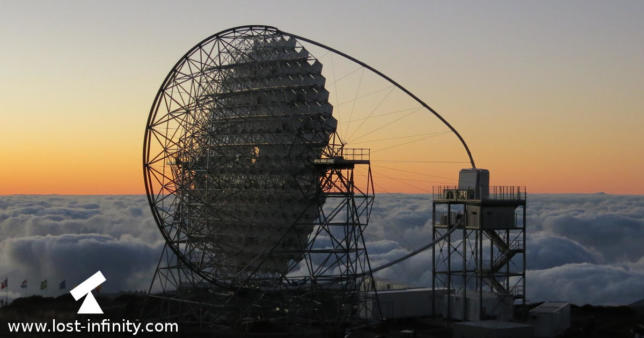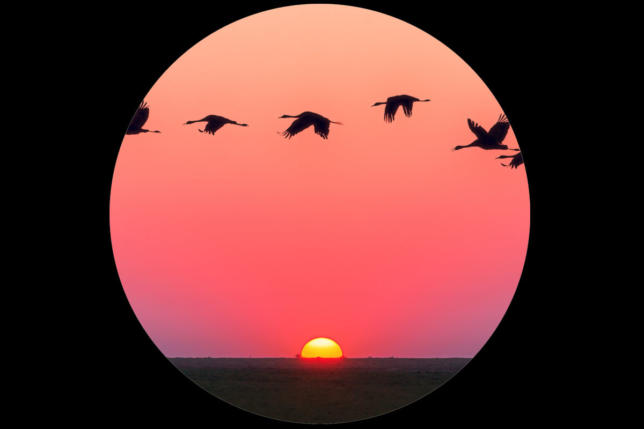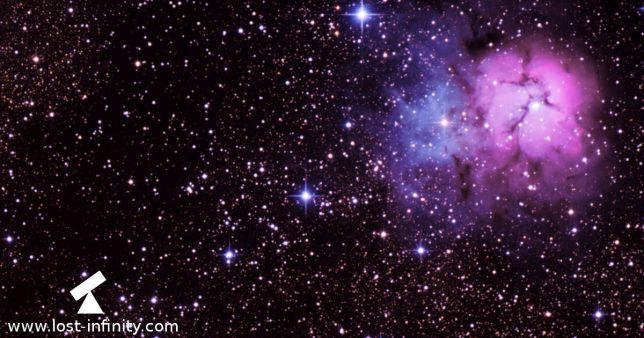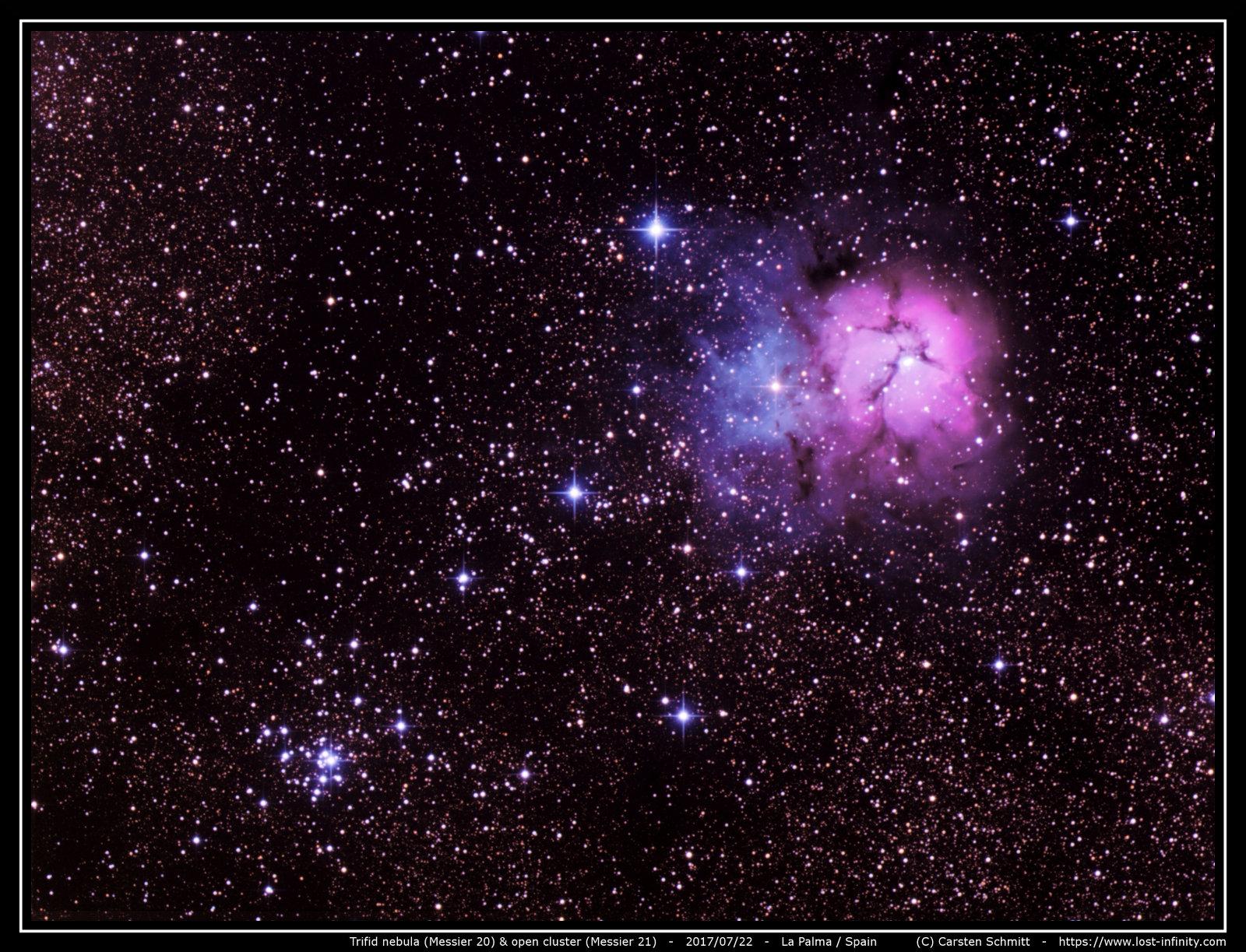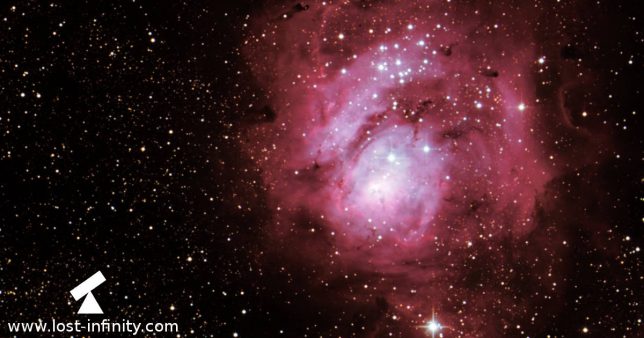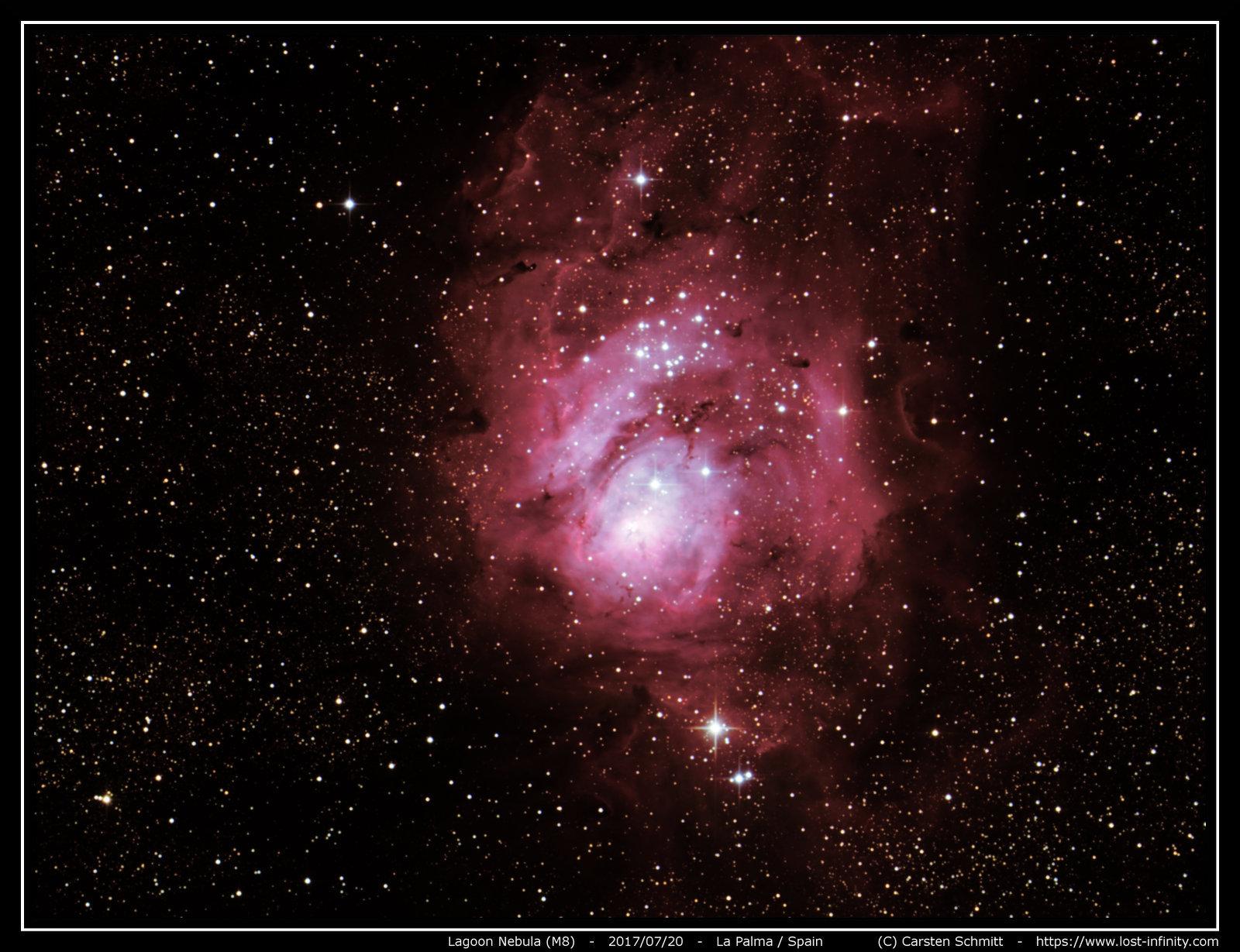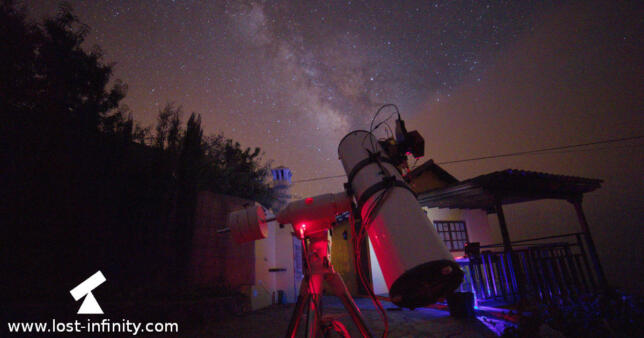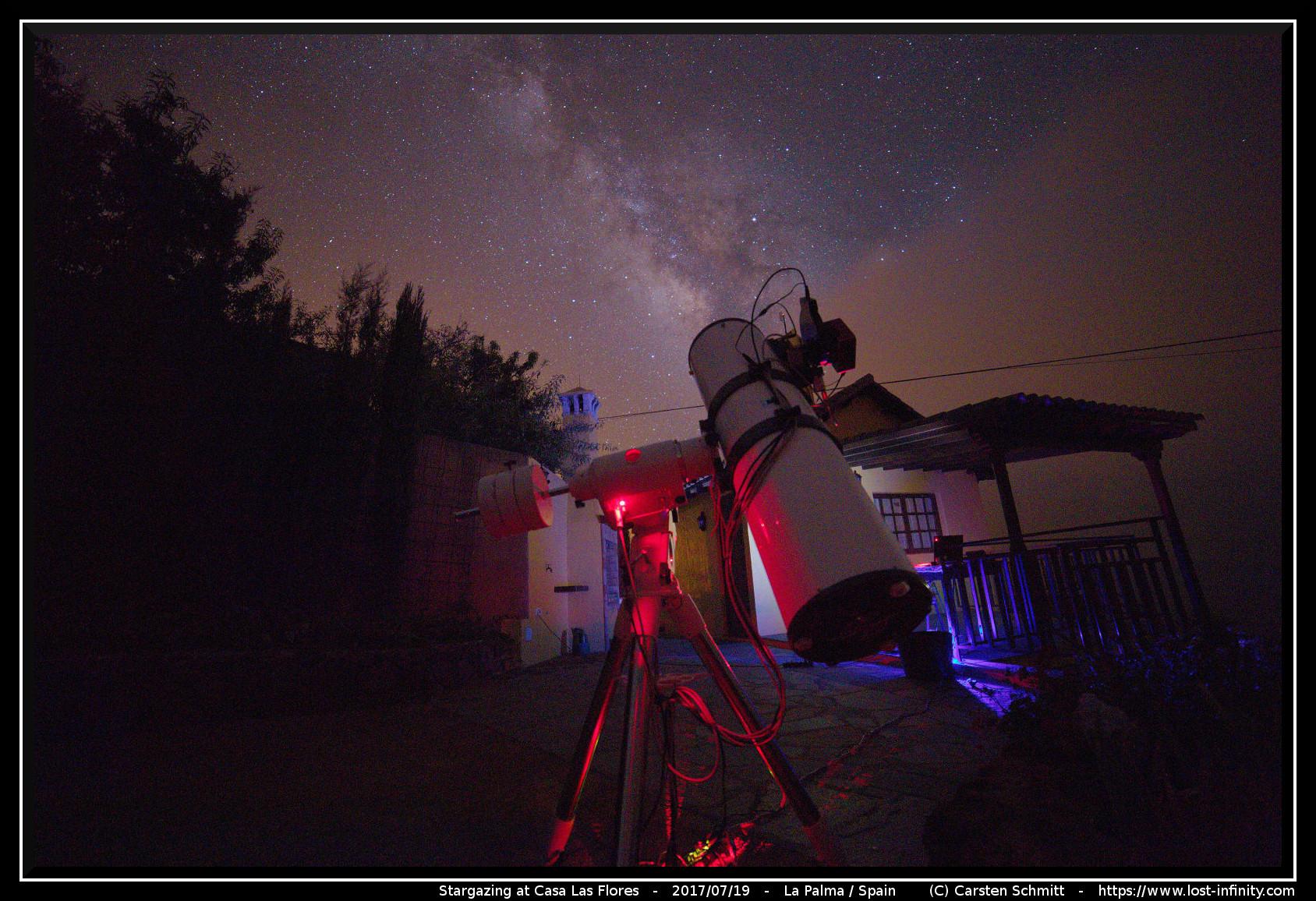End of 2018 I visited the new Cherenkov Telescope on La Palma.
Continue reading →Tag: telescope
Binoculars vs Telescopes – When to use which for bird watching
Some opportunities are very rare to come by. Sightings of certain species of birds are even rarer. For times like these, having a useful magnification tool such as a pair of good binoculars or a telescope can come really handy. In a broader sense, both, telescopes and binoculars serve the same purpose – they make an object that is far away, appear much nearer so you can examine it closely.
When you are observing birds from a safe distance, the birds don’t get nervous or feel threatened. You can enjoy watching the birds going about their activities without scaring them. Regardless if you are a novice or seasoned bird watcher, without a good magnification tool you are quite likely to miss out on priceless moments. Let’s take a look at which of these magnification tools is best suited for bird watching under various conditions.
Continue reading →Trifid nebula M20 & open cluster M21 from La Palma
 | Date | 2017/07/20 |
 | Location | La Palma / Spain |
 | Object | Trifid nebula (M20) & open cluster M21 |
 | Camera | Atik383L+ |
 | Guiding | yes, QHY5-II Mono via OAG |
 | Telescope | 8 |
 | Barlow lens | none |
 | Mount | EQ6Syntrek |
 | Cooling | -10°C |
 | Luminance | 8x 600s, bin: 1x1 |
 | Red | 7x 150s, bin: 2x2 |
 | Green | 7x 150s, bin: 2x2 |
 | Blue | 7x 150s, bin: 2x2 |
 | Dark | 2x |
 | Flat | 10x |
 | Total exposure | ~2h12m |
Tonight I decided to image the Trifid nebula (M20)
which is quite “close” to the Lagoon nebula M8 from my last session. The seeing tonight was around ~2.4″ which could have been better – but certainly it was still sufficient.
Back in 2013 I already imaged the Trifid nebula with the same equipment but from Boeblingen. It is interesting to see the difference here.
For post-processing I used the free software DeepSkyStacker and GIMP. The full resolution images is available here.
Clear skies!
A look at the “Lagoon nebula” from La Palma
Tonight I was able to proof that the “Lagoon nebula” M8 was still there ~4100 years ago – wow! With a teapot, a sunlounger (probably better a starlounger) and the right music the night passed quickly 🙂
The total exposure time was ~1h36m. The seeing conditions were around 2.2″. It was a clear night without wind. I used my 8″ GSO newton telescope with an Atik383L+ camera (see here). And again I am amazed which image quality is possible with this equipment on this dark sky within this short exposure time. Below is just the luminance part of the image which shows some sharp details of the nebula.
Continue reading →Stargazing time on La Palma – Casa Las Flores
It’s stargazing time on La Palma again – this time from Casa Las Flores. The little house is located in Aguatavar – close to Tijarafe on a height of about 580m. You have a power supply outside the building, free view to Polaris from both terraces and in July the bright part of the Milky Way is perfectly visible between 22:00 and 4:00 local time. Furthermore you have a coffee maker, a table, chairs, a fast WLAN internet connection and a barbecue. What else do you need? 😀
The image is a single frame recorded with an Canon EOS6D in combination with a Samyang 2.8/14mm lens (15 sec. exposure time, ISO4000) . The post processing has been done with rawtherapee.
Tonight I only test my equipment – for tomorrow I plan to record the bright nebula M8 in the milkyway. So stay tuned for the result!
Last updated: June 16, 2022 at 12:10 pm




























